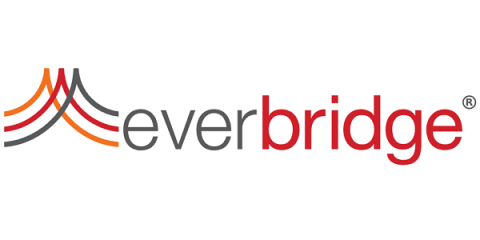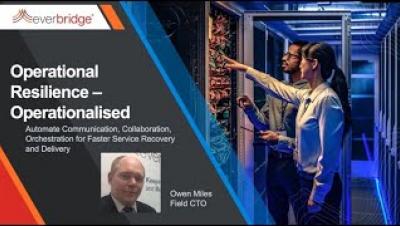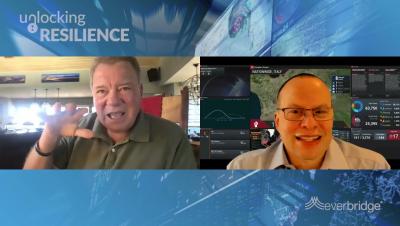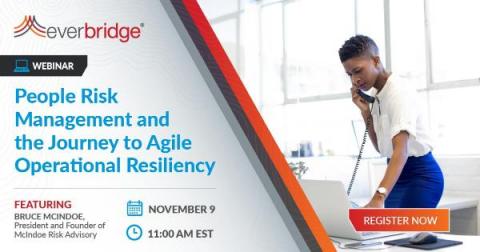Unlocking Climate Change Resilience Through Critical Event Management and Public Warning
Across the globe, both public and private sectors are more concerned than ever about addressing climate change and its associated risks. “In the period 2000 to 2019, there were 7,348 major recorded disaster events claiming 1.23 million lives, affecting 4.2 billion people (many on more than one occasion) resulting in approximately US$2.97 trillion in global economic losses,” according to a report conducted by the UN Office for Disaster Risk Reduction (UNDRR).






